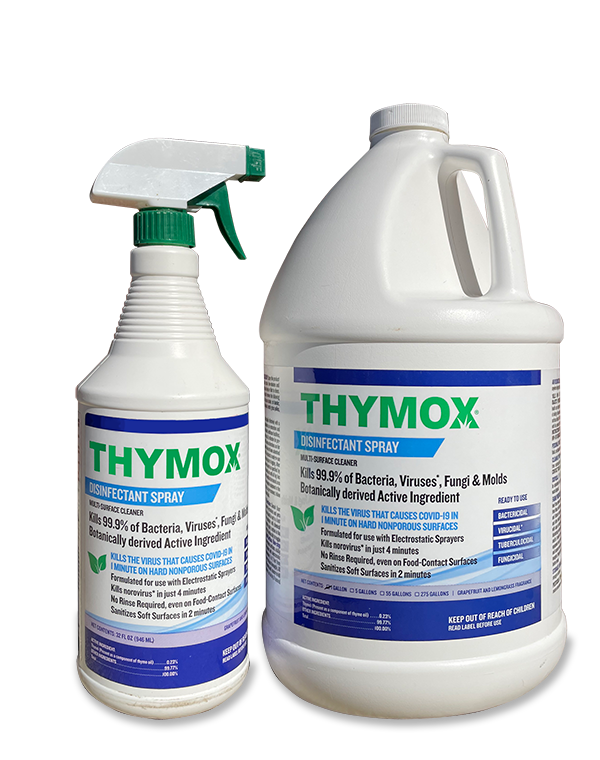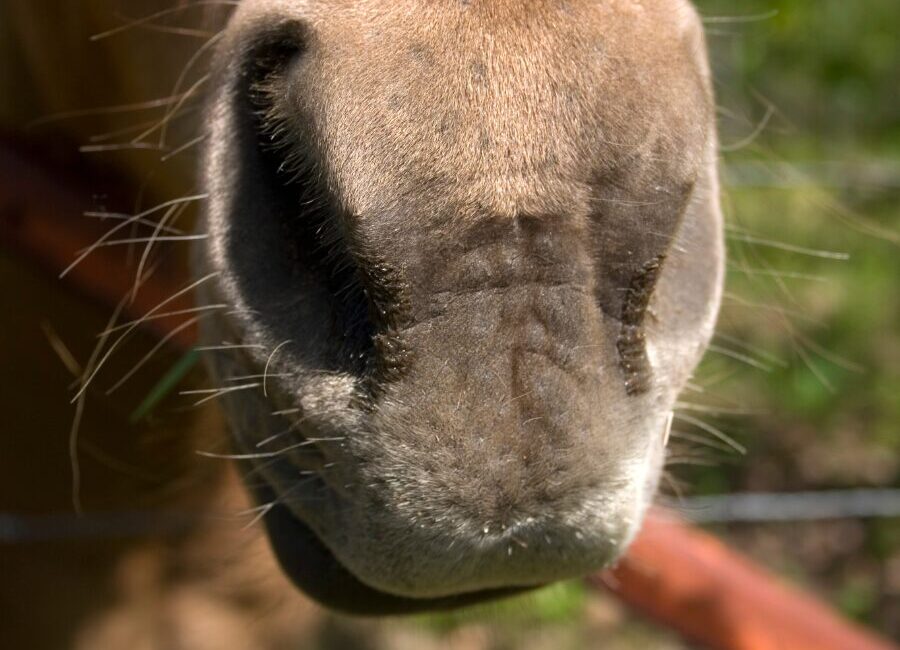My sister Patty and I grew up riding on the hunter/jumper circuit, but it’s been many years since she set foot at a stable or showgrounds.
She was surprised recently when I told her about the popularity of Thymox disinfectant as critical to biosecurity measures intended to prevent the spread of infectious equine diseases.
She didn’t recall disinfectants of any kind being a big deal, nor biosecurity measures in general.
“I don’t remember that being a thing,†Patty said of our divinely carefree youth travelling the California show circuit.
Biosecurity Is A Big Deal!
Fast forward a few decades and you would think effective, safe disinfectants and biosecurity measures would be big deals.

Around the world in the last few years, outbreaks of highly-contagious respiratory diseases like EHV-1 and its variants have shut down competitions, entire show circuits and taken the lives of several horses. They have put stable owners and their staffs through time, money and labor-intensive efforts to contain an outbreak and save affected horses’ lives.
They have broken many horse owners’ hearts.
In 2020, COVID-19 made the importance of contagion containment among humans crystal clear.
In some circles of the general horse owning world, there is good awareness of biosecurity protocols and their importance.
However, there’s considerable room for improvement in owners’ understanding of risks and how we can help reduce them. This is according to a 2023 survey of 2413 horse owners. The intent of the study was to assess awareness so that effective educational campaigns can be created for various segments of the horse owning public.
The results of the survey, the Cross-Sectional Survey of Horse Owners to Assess Their Knowledge and Use of Bio Security Practices for Equine Infectious Diseases in the United States, were published in the journal Animals in November of 2023. They can be found here.
Eye Opening Unawareness
Regarding the effectiveness of biosecurity practices for common respiratory infections, 59.6% of survey respondents ranked the isolation of sick animals as the most important measure, while only 2.2% ranked daily temperature monitoring as the most effective.
Isolating sick horses is critical, but daily temperature monitoring is one of a few keys to catching new cases in their earliest phases. Doing so reduces their severity and decreases the risk of disease spread by identifying the contagious horses.
Ninety-two percent of participating horse owners considered the co-mingling of horses at events to be “a slight to very low risk for contracting an infectious disease.â€
In fact, co-mingling with new equine neighbors at shows and events, or during travel, is a high-risk proposition. That’s why the International Equestrian Federation and the United States Equestrian mandate careful bio security practices at their sanctioned events.

This is where an effective, yet safe disinfectant like Thymox comes into play.
Thymox is proven to kill up to 99% of disease-causing viruses and bacteria, including those that cause EHV-1, strangles and equine influenza.
A botanical product made from the plant thyme, Thymox is easy, fast and safe to use on any surface – from feed buckets to bits and tack. Its effectiveness and “spray and walk away†characteristics make the stable cleaning and disinfecting phase of biosecurity feasible for facility staff and individual horse owners.
Basic Biosecurity
For competition organizers and stable or horse owners, the basics of preventing disease spread between horses is accomplished using these core practices…
- Restricting contact with unfamiliar horses, humans and equipment
- Cleaning and disinfecting equipment, common areas and surfaces that horses come into contact with – including stall doors and walls.
- Monitoring temperatures for spikes that might indicate early illness
- Ensuring isolation of sick horses.
The USEF’s Biosecurity Best Practices can be found here.
As with any aspect of our horse’s health, an educated, proactive owner is the best defense against contagious diseases that accompany many facets of today’s life with horses.



